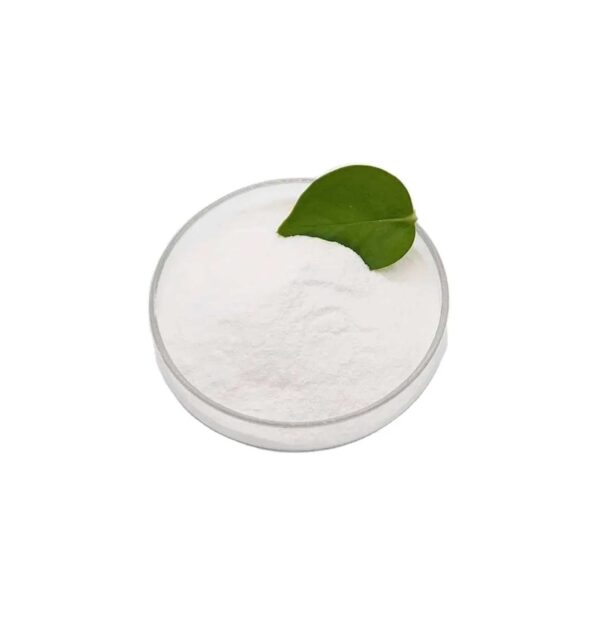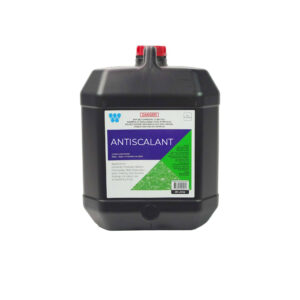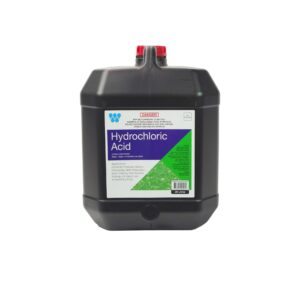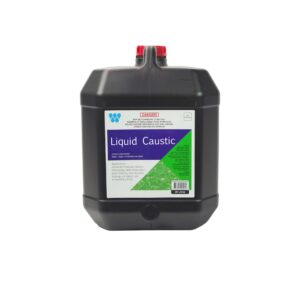Description
The coagulation process takes place as follows:
- Addition of Coagulant: The coagulant is added to the water. The coagulant molecules neutralize particles and contaminants in the water with negatively charged or positively charged ions to form a precipitate.
- Precipitate Formation: Under the action of the coagulant, the particles come together and form larger, precipitated particles.
- Filtration or Precipitation: The resulting sediment can be removed from the water. Filters or settling tanks are often used for this process.
The most commonly used coagulants are:
- Aluminum Sulphate (Alum): Alum is a coagulant commonly used to make particles in water settleable.
- Ferris Chloride It is an iron salt widely used in water treatment plants. It can also be used to remove color and odor problems of water.
- Polyelectrolytes Organic polymers that are effective against different types of pollutants. Polyelectrolytes with different solubility and charge properties may be more effective against certain pollutants.
The amount of coagulants should be adjusted according to the characteristics of the water and the treatment process. The dosage is determined depending on the water quality and the type of coagulant, and the optimal dosage ensures the most effective sedimentation and filtration results. This is critical to improve water quality in water treatment plants and water treatment systems.







